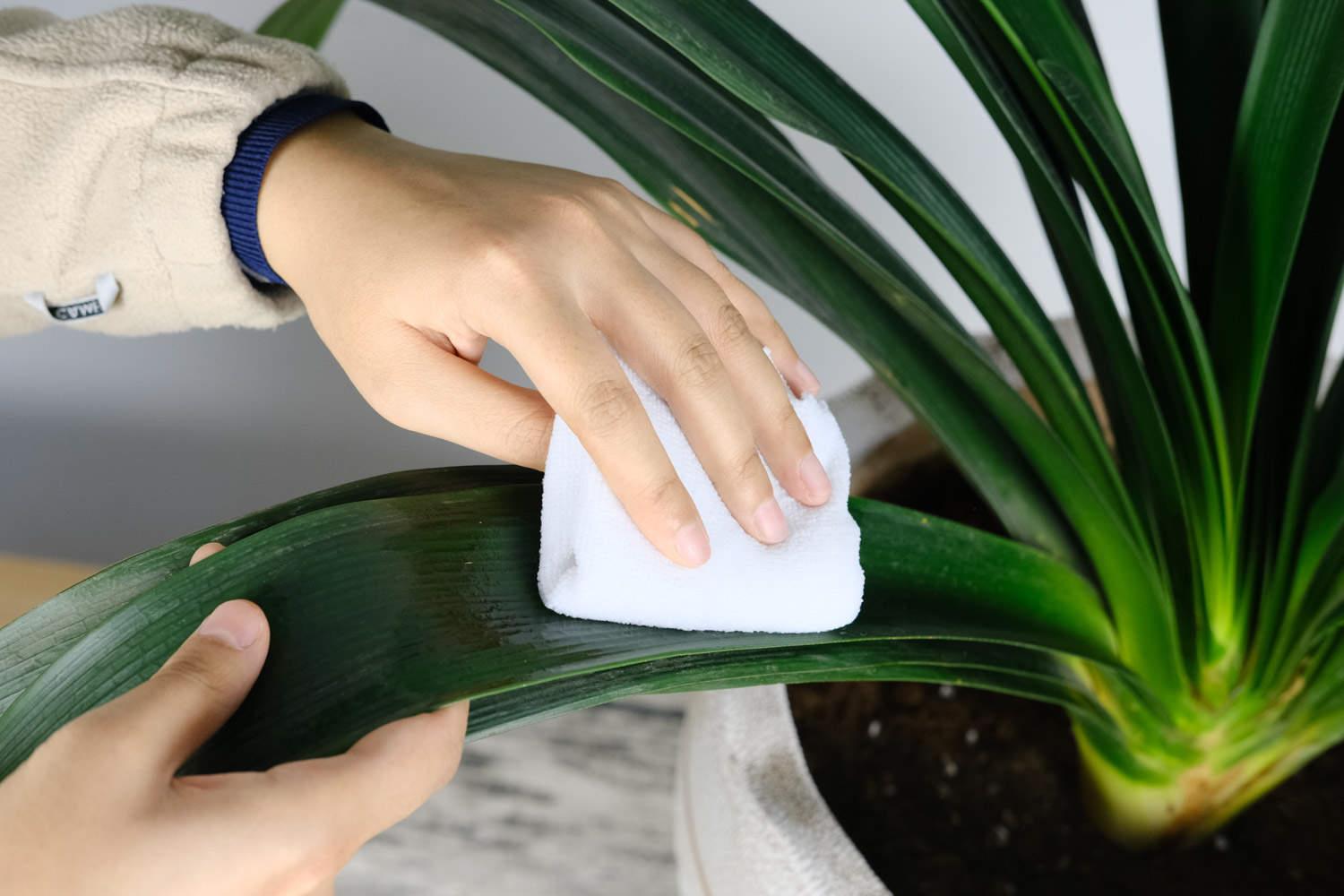Is Clivia easy to grow? How to breed Clivia?
Last Update :2024.04.29
Article Catalog
1. Is it easy to take care of?
Clivia is not easy to grow. It needs to provide an environment with a suitable temperature and pay attention to ventilation. In daily maintenance, it should be properly exposed to light every day. The exposure time for seedlings should not exceed 6 hours, and the exposure time for adult plants should not exceed 8 hours. During high temperature seasons, two hours of exposure every morning is enough. The potting soil is generally prepared with humus soil, pine needles, and river sand, and an appropriate amount of base fertilizer is added. Watering should not be too much, nor should it be too dry. Appropriate top dressing during the growth period.

1. Is it easy to take care of?
1. Is it easy to raise?
Clivia is suitable for growing in a warm and dry environment. It is afraid of both heat and cold, so it is not easy to raise it well. If you want your plants to grow more lushly, you must create a good growing environment and avoid temperatures that are too high or too low. In addition, you should pay attention to ventilation at ordinary times to avoid the environment being too humid, which can also reduce the growth of bacteria.

2. Breeding methods
1 , Light: The growth of Clivia requires a certain amount of light, but it should neither be too strong nor too weak. Although strong light irradiation can make the flowers more colorful, the flowering period will also be shortened. If the light is too weak, the color of the flower will fade, affecting its beauty. During the plant nursery period, 6 hours of light should be provided every day. Adult plants should receive 8 hours of light every day in spring, autumn and winter. In summer, 2 hours of light in the morning is enough.

2. Soil: Clivia is suitable for growing in well-ventilated and well-drained areas. In the soil, rich humus can provide nutrients for plants. Generally, potting soil is prepared with humus soil, pine needles, river sand and base fertilizer, and is mixed in a ratio of 6:2:1:1. It should be noted that broad-leaf leaf mulch should be used as humus soil, and needle leaf mulch soil cannot be used alone. The two can be used in combination, but the ratio should not be too high.
3. Watering: Clivia has fleshy roots and good water storage capacity, so it is very drought-tolerant and does not need more watering. If the air is relatively dry and the temperature is high, water evaporates quickly, so the plants need to be provided with sufficient water. Otherwise, long-term drought will also cause damage to roots and leaves, affect the germination of new leaves, and result in failure to bloom. Generally, you can water when the soil is semi-dry to keep the pot soil moist but not wet.

4. Fertilization: Clivia is a plant that prefers fertilizer. But fertilization should also be appropriate. First of all, when planting and repotting, you need to apply base fertilizer, that is, manure, compost, etc., so that nutrients can continue to be provided. Secondly, appropriate top dressing should be done during the growth period, usually using cake fertilizer, fish meal, etc. When fertilizing, remove 2-3 cm of soil and bury it in it without leaning too tightly against the roots. In addition, liquid fertilizer can also be sprayed, usually in the morning, and watered every two days after fertilization to speed up the absorption of fertilizer.
2. Breeding methods
- END -
What are the functions and effects of Lucky Bamboo? What is the Feng Shui significance of Lucky Bamb

Its function and efficacy are mainly reflected in three aspects. First, it plays a...
The flower language and meaning of hyacinth

It has many flower languages, such as pride, joy, victory, passion, life, admirati...